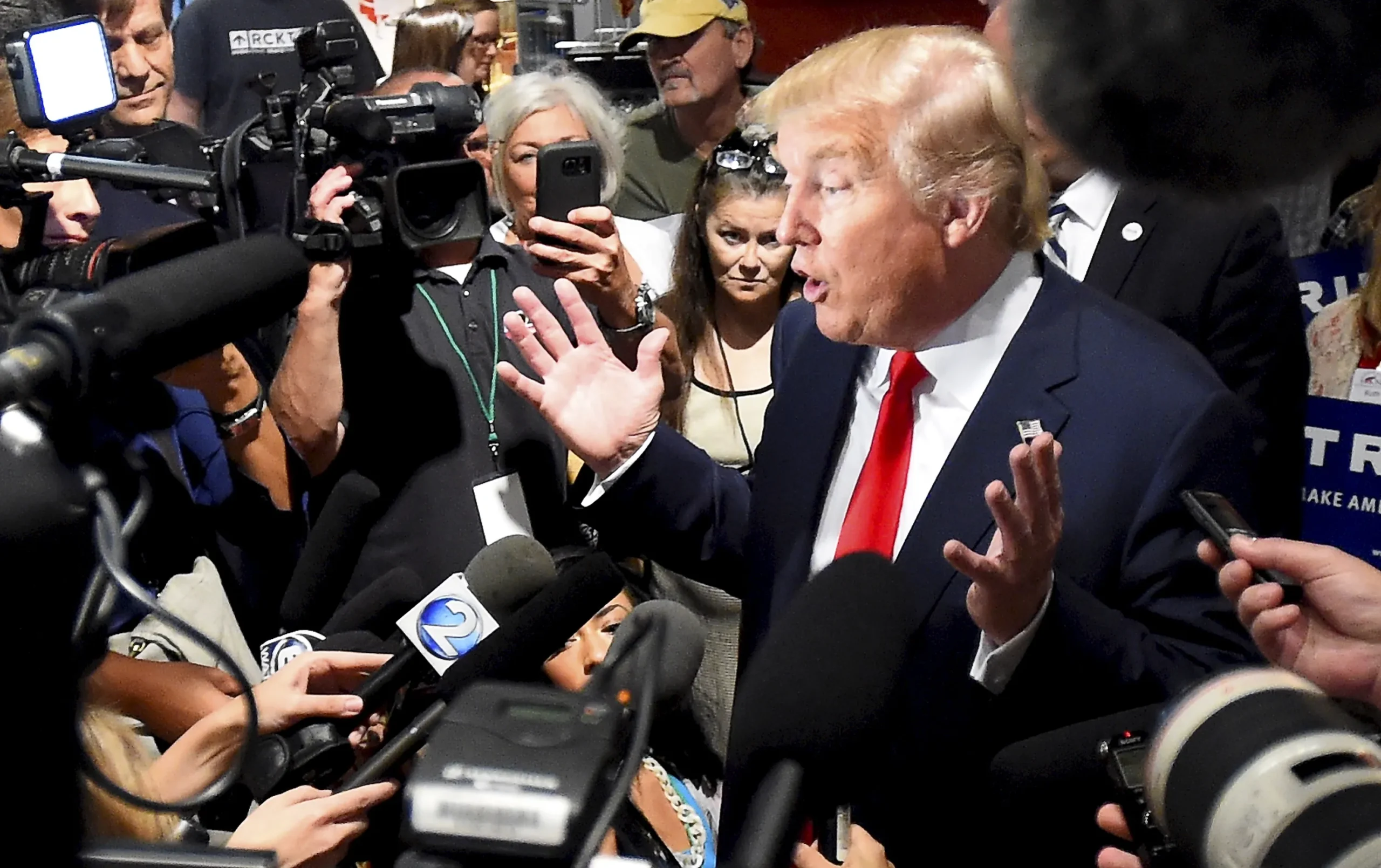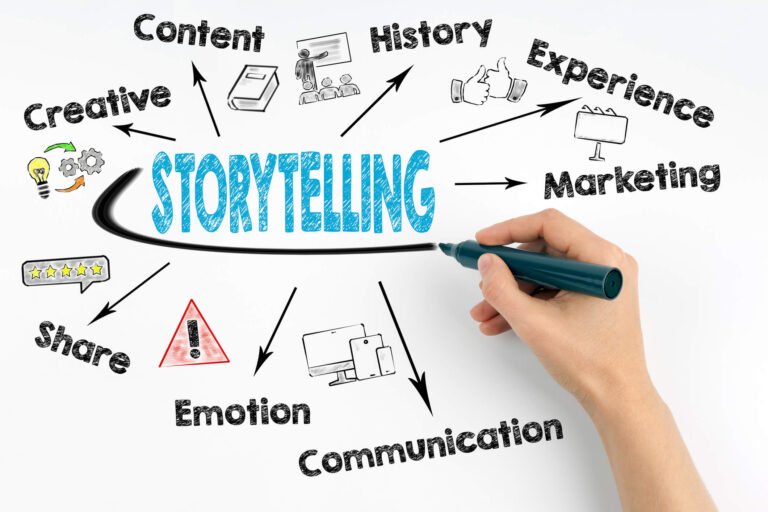Decoding Donald Trump’s Media Strategy: How He Turns Controversy Into a Communications Asset
Love him or hate him, there is no denying that Donald Trump has an extraordinary ability to dominate the media landscape. Whether it’s his presidency, business ventures, or ongoing legal battles, Donald Trump’s name consistently headlines major news outlets, social media platforms, and watercooler conversations alike. From a communications perspective, his approach offers a fascinating case study in media strategy—one that public relations professionals and media strategists can learn from, regardless of their personal or political opinions.
The Power of Owning the Narrative
One of the cornerstones of Trump’s media strategy is his commitment to controlling the narrative. He operates under the principle that perception is reality, a concept rooted in PR fundamentals. By staying on the offensive and addressing controversies on his terms, Trump ensures his voice is a primary source in the conversation.
For instance, Trump’s frequent use of direct communication channels—be it through his Truth Social platform, campaign rallies, or interviews with friendly media outlets—enables him to bypass traditional media filters. This tactic echoes a broader trend in crisis communication: the shift from reactive to proactive messaging. By being the first to frame a story, he shapes how audiences perceive it. According to the Public Relations Society of America (PRSA), proactive communication is a critical element in building credibility and maintaining public trust (PRSA).
Leveraging Controversy as a Media Magnet
In traditional PR, controversy is often viewed as a liability to be mitigated. Trump, however, treats controversy as a currency. His ability to turn polarizing statements into headlines underscores a principle that’s especially relevant in today’s media landscape: conflict drives engagement.
For example, consider his rhetoric during presidential debates or his handling of impeachment proceedings. By making bold and often divisive statements, Trump ensures that he stays at the center of attention. The result? Media outlets, driven by the need for clicks and viewership, amplify his message—whether they agree with it or not. A study by the Pew Research Center revealed that sensational or emotionally charged content garners higher levels of engagement across platforms (Pew Research Center).
Trump’s The “Distraction” Playbook

Another hallmark of Trump’s media strategy is his use of distraction. When faced with damaging news, he frequently shifts attention to another topic, often creating a new controversy to dominate headlines. This tactic is reminiscent of what media scholars call “agenda-setting theory,” which posits that the media doesn’t tell people what to think but what to think about.
One notable example occurred in 2017 during the investigation into Russian interference in the U.S. election. At the height of media scrutiny, Trump’s administration shifted focus to controversial immigration policies, effectively dividing public attention. For PR professionals, this underscores the importance of understanding media cycles and knowing when and how to redirect attention in a way that aligns with strategic goals.
Authenticity vs. Outrage: The Balancing Act
Trump’s communication style is often described as unfiltered and authentic—qualities that resonate with his core audience. However, authenticity alone doesn’t explain his media dominance; it’s his ability to pair authenticity with calculated outrage that keeps him in the spotlight.
A study published in the Journal of Communication found that emotionally charged content, particularly outrage, has a stronger likelihood of being shared and discussed online (Journal of Communication). Trump’s use of inflammatory language and hyperbolic statements ensures that his messages are not only heard but also amplified through viral sharing. For brands and thought leaders, this highlights the potential benefits—and risks—of tapping into emotional drivers to build engagement.
Lessons for PR and Media Professionals
While Trump’s approach is unique to his persona and political context, there are several takeaways for PR and media professionals:
- Control the Narrative: In a crisis, the first statement often sets the tone for how the story unfolds. Whether through press releases, social media posts, or public appearances, being proactive can mitigate damage and build trust.
- Leverage Direct Channels: Social media and other owned platforms provide an unfiltered way to communicate with audiences. By investing in these channels, brands and leaders can reduce reliance on traditional media gatekeepers.
- Understand the Media’s Incentives: News organizations prioritize stories that drive engagement. By crafting messages that are compelling, timely, and relevant, you increase the likelihood of media coverage.
- Embrace Authenticity: Audiences crave transparency and authenticity. While most brands should steer clear of inflammatory tactics, showcasing genuine values and beliefs can foster stronger connections.
- Adapt to the News Cycle: Timing is everything. Knowing when to release information—or redirect attention—can mean the difference between amplifying a story and letting it fade.
The Ethical Dilemma
While there’s much to learn from Trump’s media strategy, it’s important to consider the ethical implications. His tactics often blur the lines between truth and spin, raising questions about the responsibility of communicators in shaping public discourse. The PR industry’s Code of Ethics emphasizes the need for honesty and accountability—values that should guide any media strategy (PRSA Code of Ethics).
Conclusion
Donald Trump’s media strategy is both a masterclass in communication and a cautionary tale. By understanding the principles behind his approach—controlling narratives, leveraging controversy, and engaging directly with audiences—PR professionals can better navigate the complex media landscape. At the same time, staying grounded in ethical practices ensures that these strategies contribute to meaningful and responsible public discourse.
In a world where attention is the most valuable currency, Trump’s ability to command it offers invaluable insights for anyone seeking to build their brand, manage a crisis, or influence public opinion.
Mark Kaley is the author of the book “From Pennies to Millions” and the PR Manager with Otter Public Relations. He has been featured in Forbes, Fox Business, Authority Magazine, Modern Marketing Today, PR Pioneer, Market Daily, O’Dwyer PR, DKoding, and Consumer Affairs. Mark is also a contributor with Hackernoon, you can view his contributor profile here. Learn more here.






